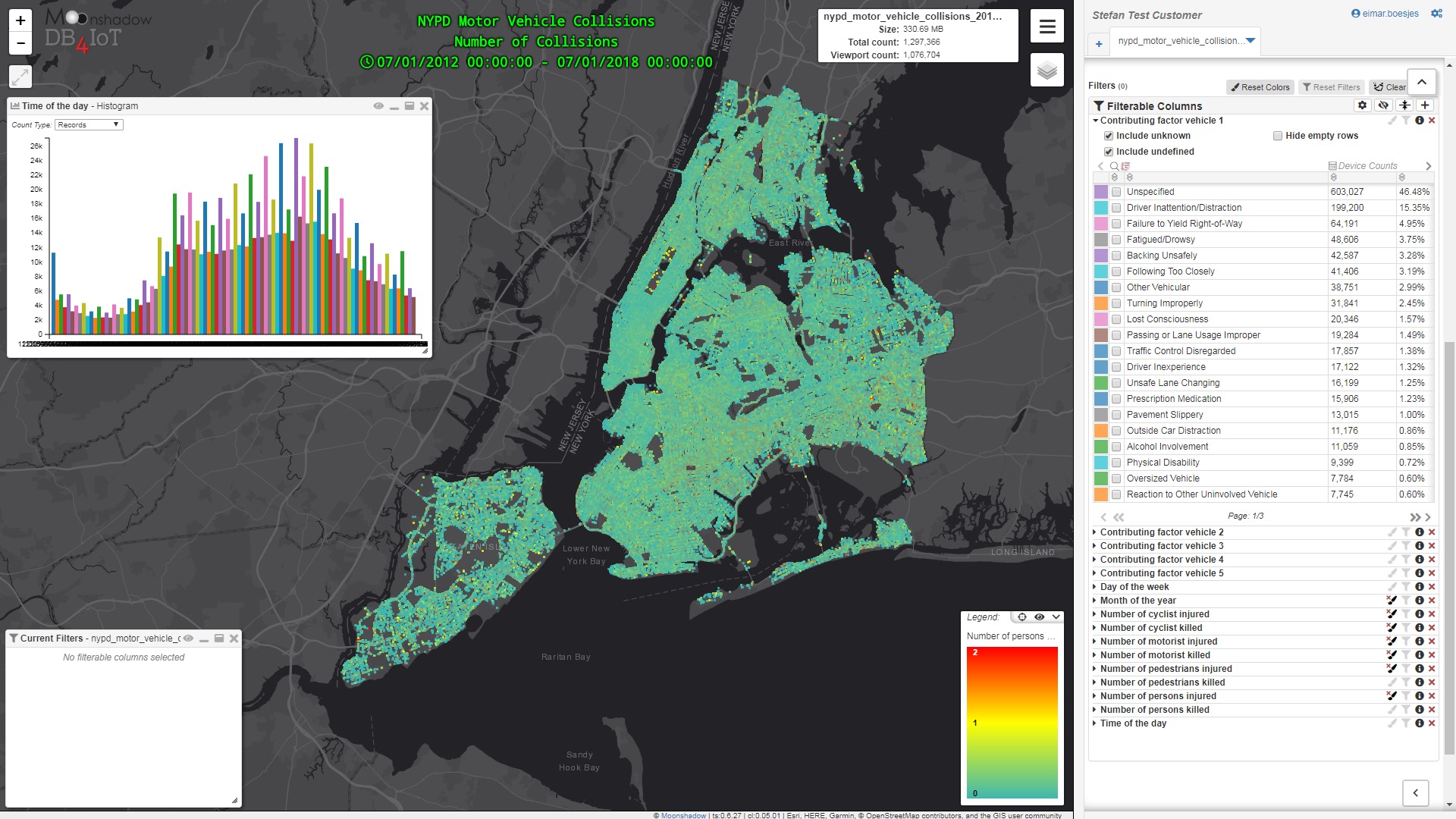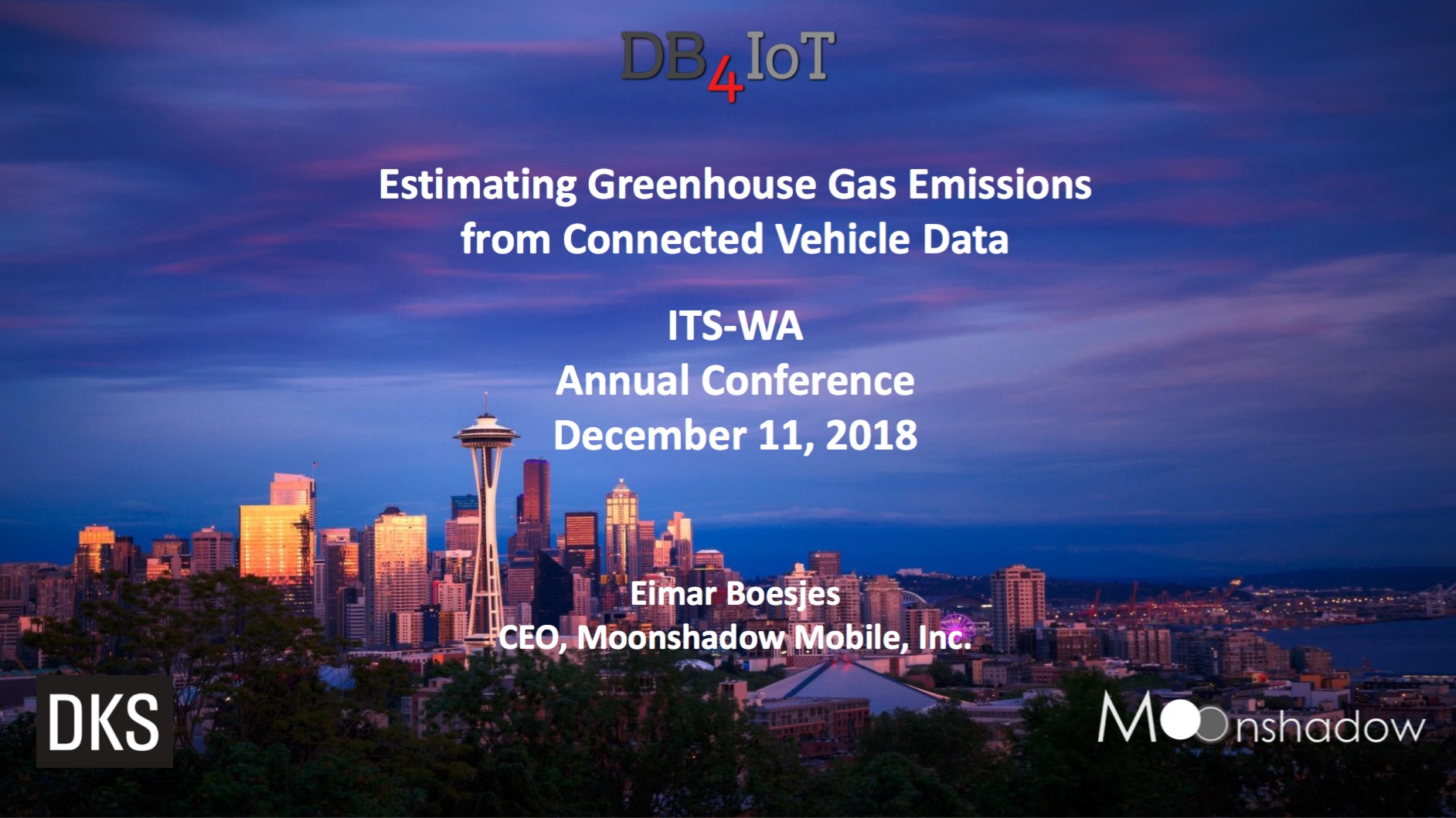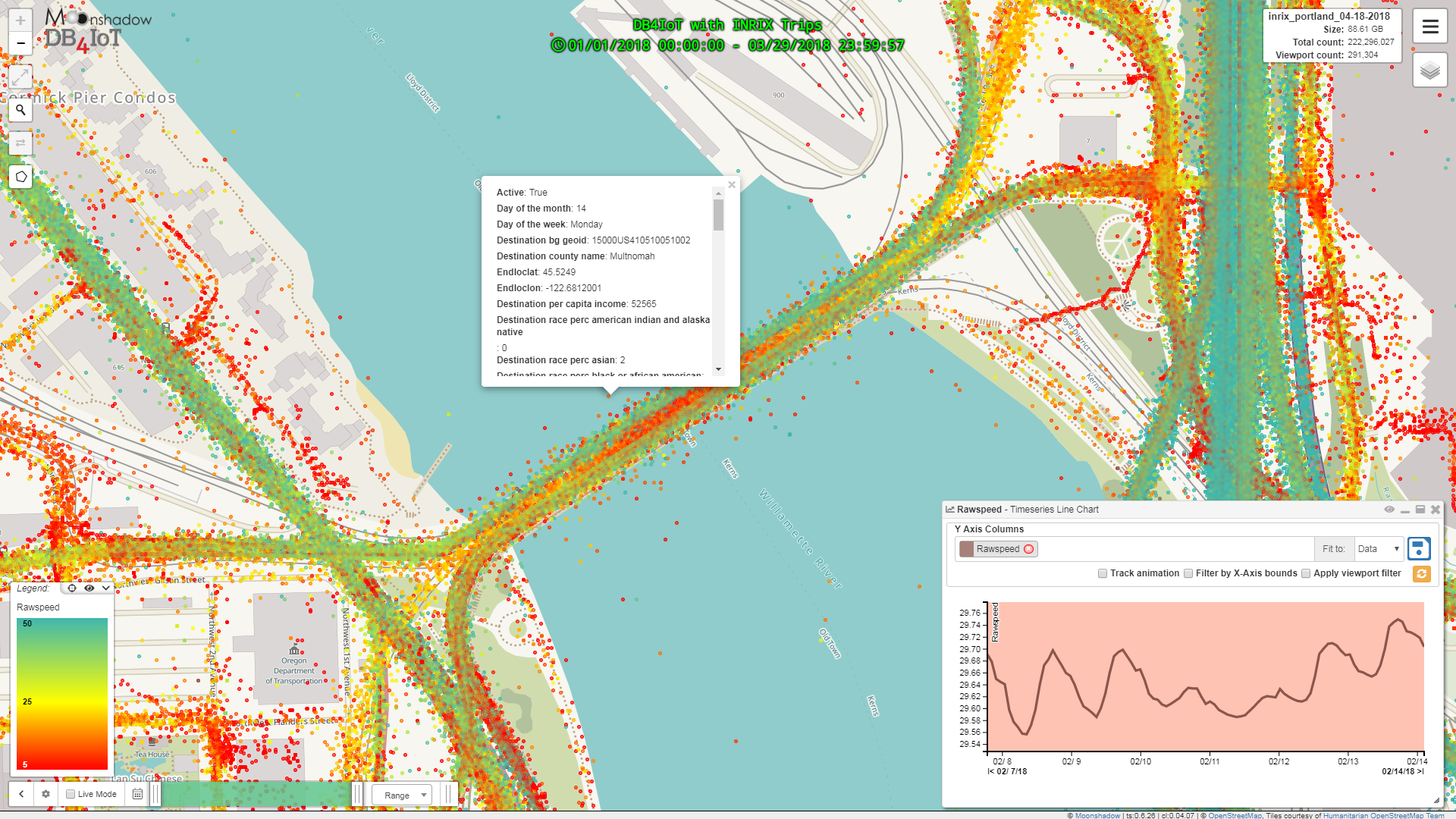INRIX Trip Reports vs. INRIX Trip Paths
Three years ago, INRIX introduced INRIX Trips, also known as INRIX Trip Reports. INRIX Trip Reports provides accurate insight into the trips people take, including where they begin and end their journeys and all the waypoints in between. There are three types of points in the INRIX Trip Reports data; origin points, waypoints and destination points. Trips start at an origin point, generate data at a number of waypoints and end at a destination point. The INRIX Trip Reports data can be used to analyze movement patterns, generate origin/destination matrices and perform select link analysis in tools such as DB4IoT […]




